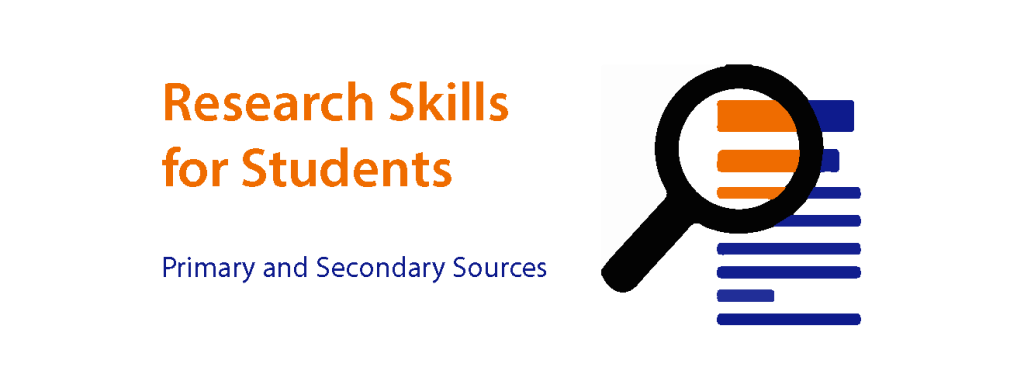Teach Your Students to Become Perceptive Researchers
One of my previous blogs recognized the complexity of teaching students foundational research skills. As educators, we struggle with teaching all of the steps of the inquiry process as well as keeping the students engaged in learning these essential skills. TechnoResearch is a new Google Apps for Education project by TechnoKids Inc. that systematically teaches information management strategies. In this project, students create a unique fun fact card as they build research skills.
Learning to distinguish between primary and secondary sources of information is an important research skill. If students are working on an inquiry project, it’s worthwhile to spend the time to ensure they understand how to recognize the type of online source they are using. Try the following activity to teach not only the difference between primary and secondary material online, but have students actively engaged in determining the benefits and shortcomings of each type.
Why Consider the Source?
Anyone can put anything on the Internet. Be critical! Just because it is on the Internet does not make it true. Instead, ask good questions to decide if the information is trustworthy.
- How does the person know these details? Were they present at the event or scene?
- Where did the person learn the details? Was it from an eyewitness or book?
- Does the person list sources of information? Are these sources of information reliable?
- Are conclusions based on a single piece of evidence or multiple sources?
- Are the interpretation of facts neutral or are they slanted to support an opinion?
- What does the person gain from sharing the information?
What Is a Primary Source of Information?
A primary source is first hand. It is information from an actual event or original person’s actions or words. Primary sources include:
| research data | autobiography | video testimonial |
| speech | legal document | eyewitness account |
| diary entry | news footage of an event | letter or postcard |
| interview | original artwork | social media post |
| email or test message | meeting transcript | performance |
| photograph | chat log | census statistics |
What Is a Secondary Source of Information?
A secondary source is second hand. It is information based on another person’s interpretation of an actual event or original person’s actions or words. Secondary sources include:
| newspaper editorial | biography | non-fiction book |
| newspaper story | documentary | expert commentary |
| movie of historical event | review | summary report |
Research Using Primary and Secondary Sources of Information
Free Lesson
Below are six questions. Follow the instructions to answer the questions about primary and secondary sources of information. This activity is from TechnoResearch.
- Form an opinion of a popular musician.
- Use a primary source to watch a performance such as a music video or concert.
Did you like the performance? - Use a secondary source to find a review of the musician’s concert or latest album.
Do you agree with the reviewer’s opinion? - Why is it a good idea to form your own opinion using a primary source instead of simply taking someone else’s opinion?

2. There are many quotes on the Internet. A quote is the exact words written or spoken by someone. Discover what a famous person such as an athlete, politician, actor, musician, or historical figure said.
- Use a primary source to find a quote.
Search the Internet for a video of an interview, testimonial, or speech. - Write a quote from the footage.
- Use a secondary source to find a quote.
Search the Internet for a web page or image that has a quote. Write down the quote. - Why is a quote from a primary source more reliable?

3. A news report can be a primary or secondary source of information. It depends how the facts are reported. Research a current event.
- Use a primary source to learn about a current event.
Search the Internet for a video of the actual event, interview with an eyewitness, photograph of the scene, or social media post of an attendee on location. What source of information did you use? Why is it a first-hand account? - Use a secondary source to learn about a current event. Search the Internet for an opinion article, e-book, expert commentary, or summary report. What source of information did you use? Why is it a second-hand account?
- How does a secondary source of information help you to understand a current event?

4. Your teacher assigns you to create a research report on Asteroids. Why would this be a secondary source of information?

5. List a benefit to using primary sources of information.

6. List a benefit to using secondary sources of information.
